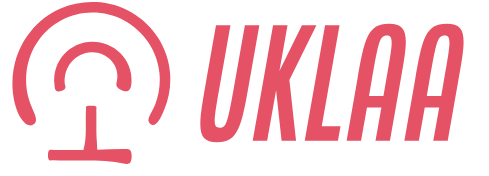More than £450m was generated by the 3% element of the stamp duty surcharge charged on the purchase of second homes and buy to lets (BTLs) in Q3 net of refunds, according to HMRC.
The £454m of receipts equates to 52,600 transactions in the quarter.
This represents an increase of 5% in receipts from the previous quarter, and an increase of 1% compared to Q3 2023
The percentage of residential receipts from Higher Rate Additional Dwelling transactions decreased by five percentage points from 49% in Q2 2024 to 44% in Q3 2024.
From today, the surcharge for additional dwellings, which is charged on top of standard stamp duty rates, will increase to 5% following yesterday’s Budget announcement.
Stamp duty receipts for residential properties rose by 20% quarter-on-quarter in the three months to September while increasing 5% compared to the same period last year.

An intermediary’s guide to understanding client vulnerability
Sponsored by Halifax Intermediaries
Meanwhile, residential property transactions liable for stamp duty in Q3 2024 were 17% higher than in the previous quarter, and 9% higher than in Q3 2023.
Claims for First-Time Buyer relief were up 20% quarter-on-quarter from 31,700 to 38,100.
In Q3 2023, there was also an increase of 20% compared with the previous quarter.
The relief granted reached £186m in Q3, an increase of 24% compared to the previous quarter and a rise of 21% compared to Q3 2023.
Chancellor Rachel Reeves did not announce an extension to the temporary increases to nil-rate thresholds in yesterday’s Budget.
This means first-time buyers will see their current temporary stamp duty discount revert at the end of March next year.
The nil-rate tax threshold up to £250,000 will drop to £125,000, while the first-time buyer relief nil-rate tax threshold of up to £425,000 will drop back down to £300,000.



